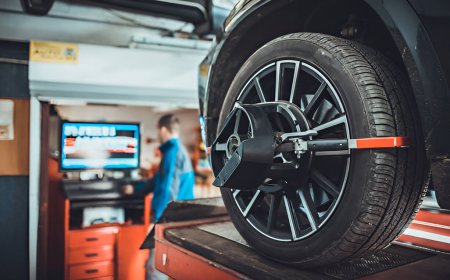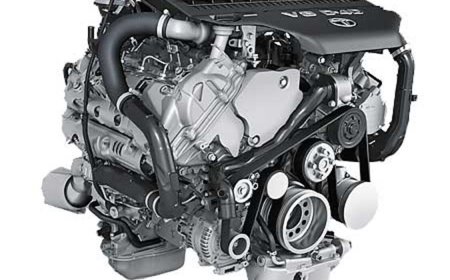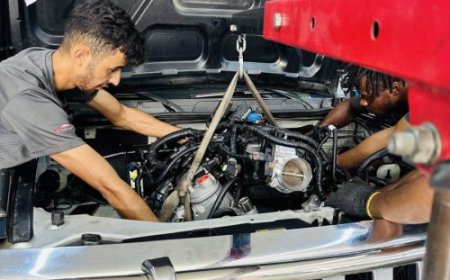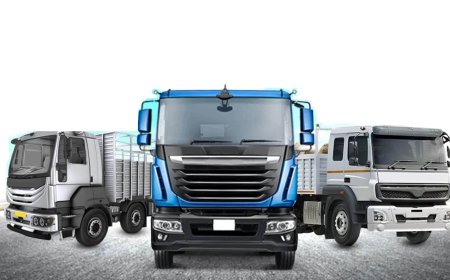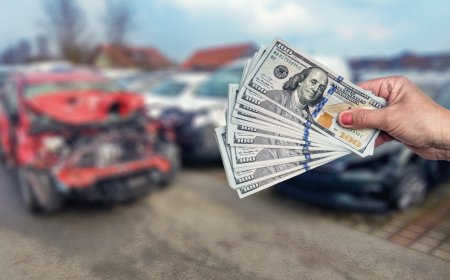Introduction: Discovering the Past in Metal and Rust
Explore the world of automotive archaeology, tracing the stories behind abandoned vehicles and the thrill of discovery. Wondering where to “Sell My Car Sydney”? Learn more inside.

Automotive archaeology examines the history of old vehicles, spotting pieces of past eras hidden in rusted steel. Unlike many hobbies, it combines keen observation with detective work. Each find tells a story about manufacturing techniques, cultural trends and personal journeys. This article dives into how enthusiasts locate and study these relics, and why this pursuit matters.
1. What Is Automotive Archaeology?
This discipline treats cars, trucks and motorcycles like archaeological artefacts. Instead of uncovering human ruins, practitioners discover abandoned vehicles, sometimes buried or forgotten. They document make, model and manufacturing details, often recovering rare or once-popular vehicles.https://www.carremovalsydney.com.au/
1.1 Origins and Evolution
The term emerged in the 1980s, alongside an increase in interest in automotive heritage. Around this time, enthusiasts in the United States began to explore off?road sites, fields and barns in search of vehicles from earlier decades. They measured manufacturing stamps, identified engine codes and recorded histories.
1.2 Why It Matters
Three reasons explain the value of automotive archaeology:
-
Historical Insight Old cars reflect design trends, materials technology and consumer tastes in different eras. For instance, the steel thickness in the mid?20th century reflects post?war manufacturing priorities.
-
Preservation Documenting a vehicle before it deteriorates can help museums, restorers and collectors preserve heritage.
-
Cultural Connection Every abandoned car once belonged to someone. Investigators sometimes find inscriptions, customised paint jobs or handwritten notes that hint at personal stories.
2. How Enthusiasts Locate Hidden Treasures
Finding these historical vehicles requires patience, research and sometimes luck. Key methods include:
2.1 Research Tools
Public records, old advertisements and shipping logs can indicate where vehicles were once sold or driven. Archive hunting helps narrow down likely locations.
2.2 Local Knowledge
Whispers among locals about old junkyards or unused farmland often yield promising leads. Speaking with farmers and landowners can reveal hidden gems.
2.3 Exploration Trips
Driving down quiet country roads or exploring old industrial sites may uncover rusted hulks. Enthusiasts often carry cameras, measuring tools and notepads to record details on site.
3. Common Finds and Their Stories
3.1 Farm Trucks
Rusting pickups once used for hauling produce can reveal information about regional agricultural history. Tools left in the bed, or old signage on the door, help date usage.
3.2 Abandoned Classics
Old Holden ute or Ford models left in paddocks may be decades old. Chassis numbers and engine blocks help identify year and factory location.
3.3 Parts Scattered in Wilderness
Individual wheels, bumpers or headers are sometimes found far from intact bodies. These may be remnants of vehicles dismantled or left after breakdowns.
4. Documenting Vehicle Finds
Proper recording ensures value and longevity of discoveries. Enthusiasts do the following:
-
Photograph Condition: Multiple angles with scale references.
-
Record Serial Numbers: Chassis, engine and VIN stamps help authenticate.
-
Note Materials: Presence of original componentssteel versus fibreglass, for examplereveals manufacturing era.
-
Map Location: GPS data and maps show context and remoteness.
This documentation often becomes part of digital archives or restoration projects.
5. Restoration vs. Conservation
Once an artefact is documented, decisions arise:
5.1 Conservation
Archaeology purists often favour stabilising vehicles as found. This may involve rust?inhibiting sprays, protective storage and display without disassembly.
5.2 Restoration
Some vehicles are restored to drivable or showroom condition. This may involve replacing panels, refurbishing engines and updating electronics. Restorers must balance authenticity with safety and usability.
6. Legal and Ethical Aspects
Explorers must respect property rights. Gaining permission avoids trespass. In some areas, local laws protect abandoned vehicles for environmental or heritage reasons. Removing parts or complete cars may require permits. Ethical practice ensures respect for local customs and land.
7. Popular Sites in Australia
Australia hosts many sites of automotive interest:
-
Ghost Town Mines Abandoned mining towns often have old utility vehicles left in place.
-
Farming Regions Victorian farmland and New South Wales paddocks frequently hold classic farm trucks.
-
National Heritage Listings Some council?protected zones contain historical transport infrastructure and vehicles.
Enthusiasts share GPS locations online, often maintaining privacy to avoid looting.
8. What Drives Enthusiasts?
Two main motivations fuel this pursuit:
8.1 Curiosity about Craftsmanship
Examining old welding techniques, bolt types and chassis structure reveals engineering practices of the past.
8.2 Personal Connections
Many explorers grew up with older vehicles. Discovering an abandoned ute from a grandparents era can evoke personal nostalgia.
9. The Journey Back to Use
When a vehicle is deemed suitable for restoration, the journey includes:
-
Careful removal from site.
-
Transport to workshop or barn.
-
Disassembly and rust treatment.
-
Part sourcingsometimes reverse engineering missing parts.
-
Reassembly, testing and certifying roadworthiness.
These projects may take months or years, depending on condition and resources.
10. How It Connects to Selling Old Cars
Many people holding unwanted vehicles in Sydney or its surrounds may wish to free space or recover value. This is where offers toSell My Car Sydney become useful. Instead of leaving a vehicle to decay, owners can find buyers who may restore, recycle or repurpose the vehicle responsibly. Such an option complements the efforts of automotive archaeologists and restorers, supporting sustainable use and proper documentation of vehicles rather than abandonment.
Conclusion: Why Automotive Archaeology Matters
Automotive archaeology shines light on industrial heritage, revealing manufacturing history and personal stories hidden in forgotten vehicles. Through research, respectful exploration and careful documentation, enthusiasts bring steel relics back into cultural awareness. Each find preserves a moment in time and often inspires restoration projects that keep history alive. In a world of fast?changing mobility, preserving these pieces of our transport heritage helps future generations understand the journeys that shaped communities, engineering and design across decades.
































